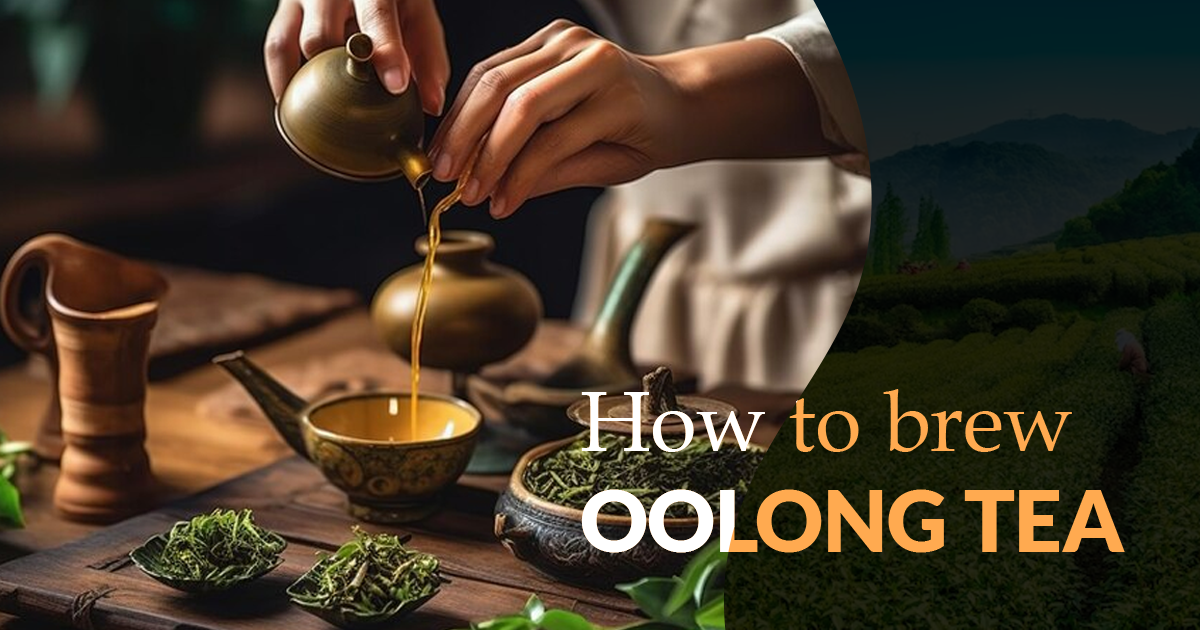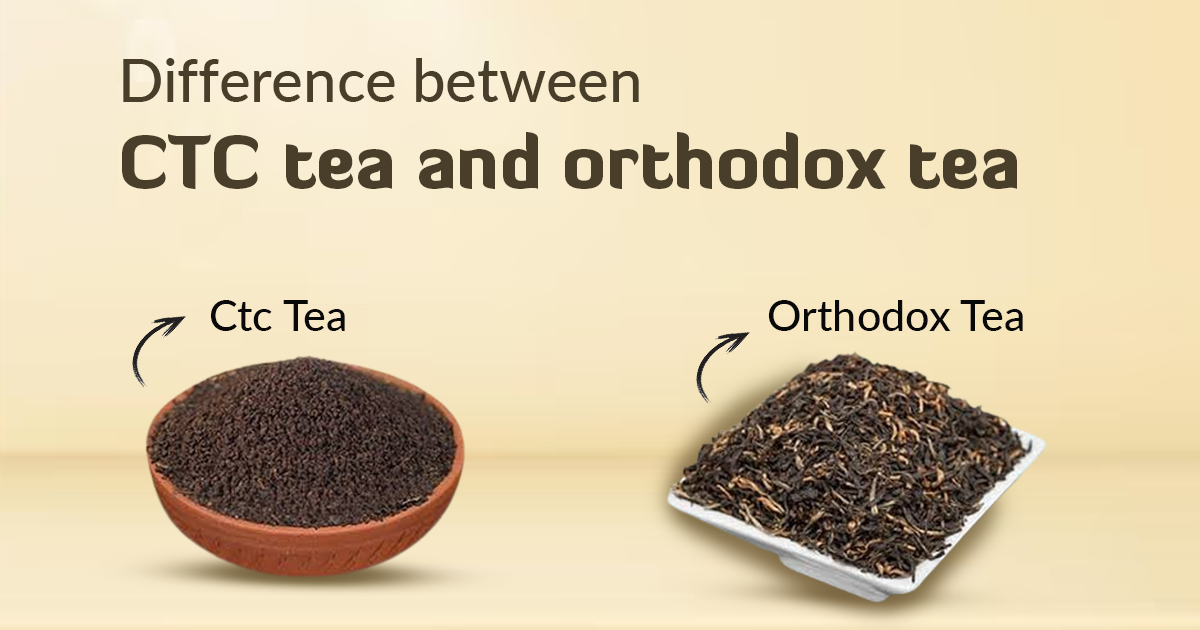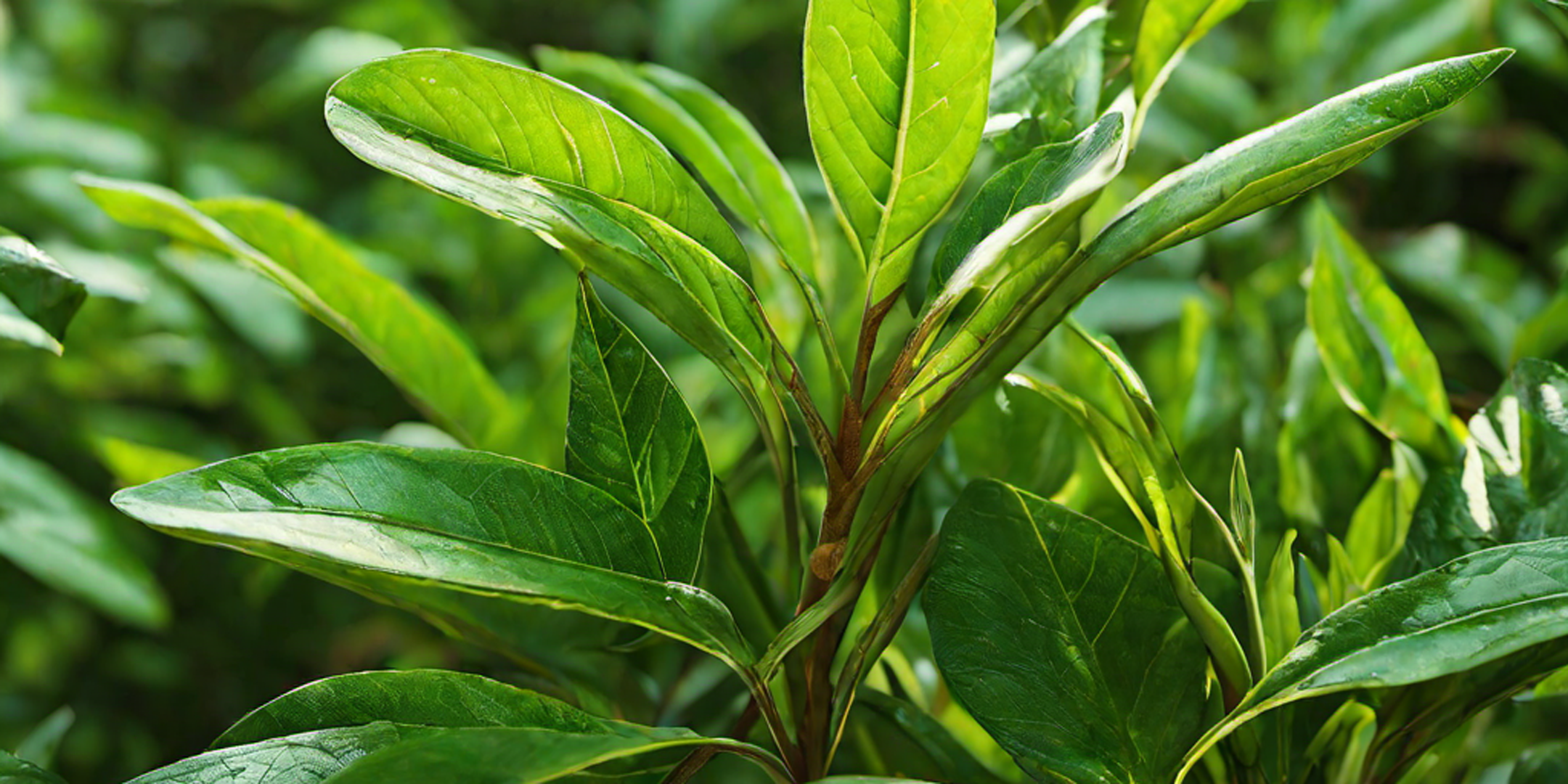Welcome to our comprehensive guide on how to make oolong tea! Oolong tea is a unique and flavorful beverage that sits between green tea and black tea in terms of oxidation levels. With its wide range of flavors and aromas, oolong tea has gained popularity in both Asia and the Western world.
In this guide, we will take you through the step-by-step process of brewing oolong tea, from choosing the right tea vessel to steeping the leaves at the optimal temperature. So, let's dive in and explore the art of making oolong tea!
Table of Contents
- What is Oolong Tea?
- Types of Oolong Tea
- Choosing the Right Tea Vessel
- Asian Brewing Method
- Western-Style Brewing
- Preparing Tea Leaves
- Preparing Water
- Steeping Oolong Tea
- Health Benefits of Oolong Tea
- Making Drinking Tea an Immersive Experience
- Conclusion
What is Oolong Tea?
Oolong tea is a genuine tea produced from the Camellia sinensis plant. It is cultivated primarily in China and Taiwan and is known for its complex flavors and aromas. Oolong tea falls between green tea and black tea in terms of oxidation levels, with a range of 10 to 80 percent. This variation in oxidation gives oolong tea its unique characteristics and makes it a favorite among tea enthusiasts.
Types of Oolong Tea
Oolong teas come in a variety of colors, flavors, and aromas. The oxidation level determines the color of the tea, ranging from light gold to deep brown and orange. Flavors can also vary greatly, with oolong tea often described as fruity, nutty, and vegetal with floral aromas. Some popular varieties include Milk Oolong, Da Hong Pao, Bai Jiguan, Tieguanyin, and Wuyi oolong.
Choosing the Right Tea Vessel
When it comes to brewing oolong tea, you have two main options: the Asian brewing method and the Western-style brewing method. The Asian method involves using traditional Chinese teaware such as a Yixing teapot or a Gaiwan. These vessels are crafted to elevate the tea-drinking experience and accentuate the finest flavors of oolong tea. On the other hand, the Western-style method allows for a quicker and more convenient way of brewing oolong tea.
Traditional Asian Brewing Method
Yixing Pot
A Yixing teapot is a classic tea brewing vessel crafted from clay obtained from the Jiangsu province of China. These teapots are specifically designed for brewing oolong tea, black tea, pu-erh tea, and white tea. The clay material absorbs the tea flavors with each steeping, creating a unique coating that enhances the flavor and color of the tea. Using a distinct Yixing pot for each tea variety is essential to protect the unique flavor characteristics.
Gaiwan
A Gaiwan is a lidded bowl without handles that is used for brewing traditional Chinese teas. It is typically made of porcelain or glass and allows tea drinkers to visually enjoy the brewing process. The large opening of the Gaiwan allows the leaves to unfurl fully, releasing their flavors and aromas. To use a Gaiwan, hold the saucer with your fingers under and the thumb resting on top, and use your other hand to hold the lid and gently move the leaves when drinking.
Western-Style Brewing
If you prefer a simpler and more convenient brewing method, you can use any teapot you have on hand for the Western-style brewing. While it may not offer the same cultural experience as the Asian method, it still allows you to enjoy a delicious cup of oolong tea. Just make sure to use the right amount of tea, water temperature, and steeping times to achieve the best results.
Preparing Tea Leaves
When brewing oolong tea, it is recommended to use loose leaves to fully develop the flavors. While tea bags offer convenience, the quality and flavor may be inferior to loose-leaf varieties. To make a great cup of oolong tea, use the right amount of tea leaves. As a general guideline, Use 1 teaspoon of rolled leaves or 2 tablespoons of loose-leaf oolong tea for every 6 fluid ounces (0.17 liters) of water.
Preparing Water
The quality of water used in brewing oolong tea can greatly affect the flavors and aromas. It is best to use high-quality water that tastes good. Tap water should also be avoided due to the presence of chemicals such as chlorine that can affect the taste. To get the tastiest tea, it's best to use filtered or spring water. To achieve the proper flavor profile, heat the water to a temperature just shy of boiling, around 180 to 200°F (82 to 93°C).
Steeping Oolong Tea
The steeping time for oolong tea depends on various factors such as the type of tea, oxidation level, and personal preference. As a general rule, steep the tea for 1 to 5 minutes. Longer steeping times can result in a more full-bodied and flavorful tea. It is recommended to start with a 1-minute steep and then taste every 30 seconds to find the perfect flavor for your preference. Pour the brewed tea into tea cups and enjoy!
Health Benefits of Oolong Tea
Drinking oolong tea offers numerous health benefits due to its high concentration of antioxidants and nutrients. Oolong tea contains EGCG, a powerful antioxidant that has been shown to boost cardiovascular and metabolic health. Studies suggest that habitual oolong tea consumption may lower the chance of heart problems and help with Type-2 diabetes. Oolong tea also has anti-inflammatory properties that may lower the risk of heart attacks and blood clots. Furthermore, oolong tea might assist in maintaining blood sugar levels and enhancing cholesterol profiles.
Making Drinking Tea an Immersive Experience
One of the joys of oolong tea is the opportunity to immerse yourself in the rich tea culture and create a unique tea-drinking experience. Whether you choose the Asian brewing method with traditional teaware or the Western-style brewing with your favorite teapot, each cup of oolong tea is a chance to appreciate the flavors and aromas. Consider exploring the practice of small pot brewing or Gong Fu style to fully enjoy the nuances of oolong tea. Experiment with different varieties, steeping times, and tea vessels to discover your preferred brewing method.
Conclusion
Brewing oolong tea is an art that combines tradition, skill, and personal preference. By following the steps outlined in this comprehensive guide, you can brew a perfect cup of oolong tea that showcases its unique flavors and aromas. Remember to choose the right tea vessel, prepare the tea leaves and water correctly, and steep the tea for the appropriate amount of time. Whether you prefer the Asian brewing method or the Western-style brewing, savor each sip and embrace the immersive experience of drinking oolong tea. Cheers to your tea journey!




